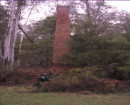JAPANESE TEA HOUSE
675 ESPLANADE MORNINGTON, MORNINGTON PENINSULA SHIRE
-
Add to tour
You must log in to do that.
-
Share
-
Shortlist place
You must log in to do that.
- Download report


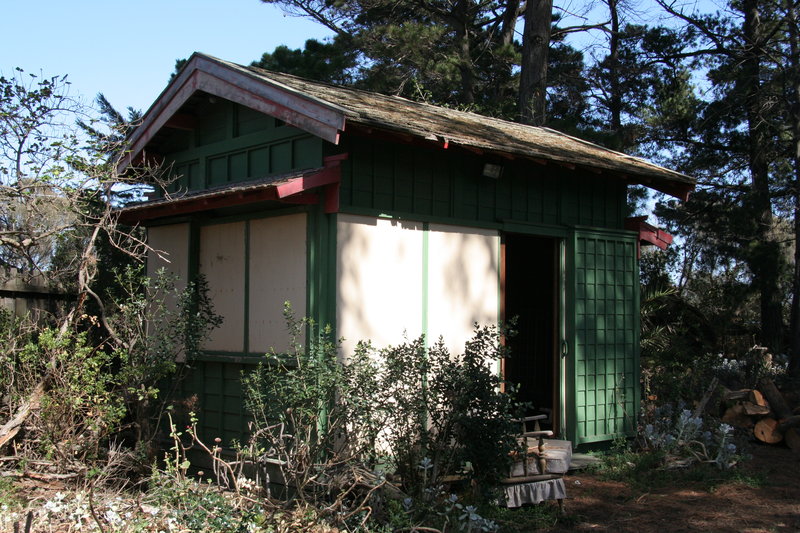
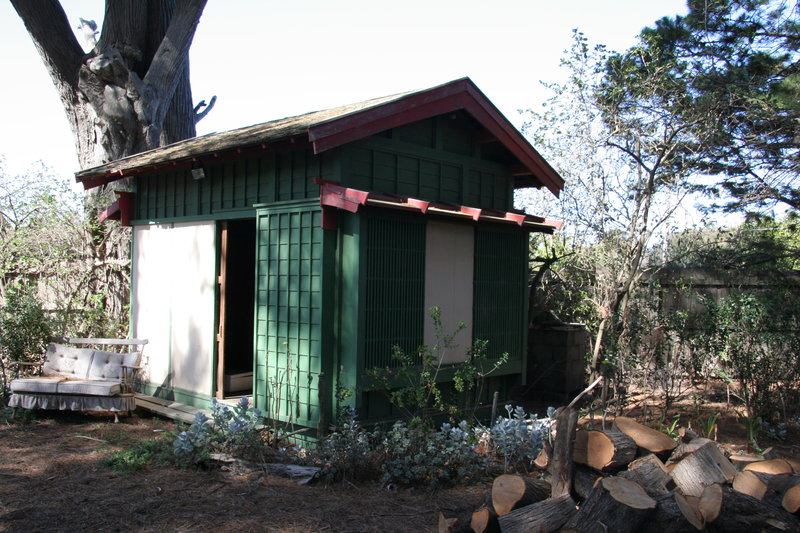
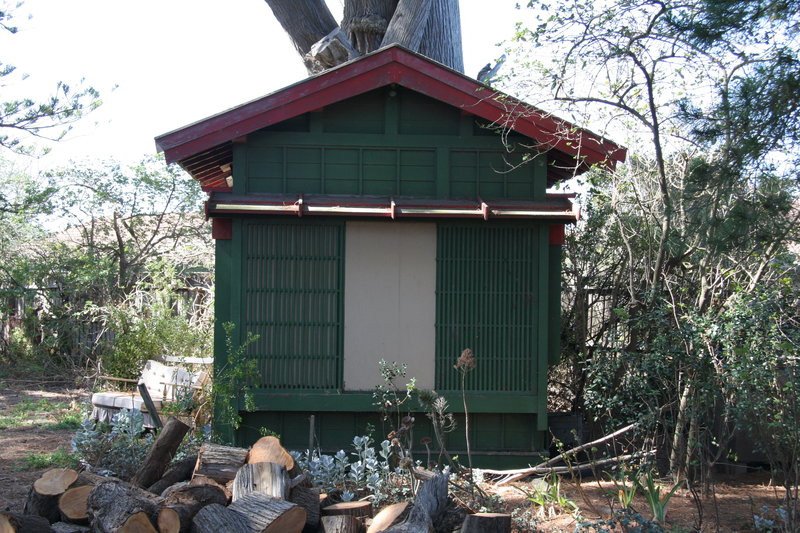
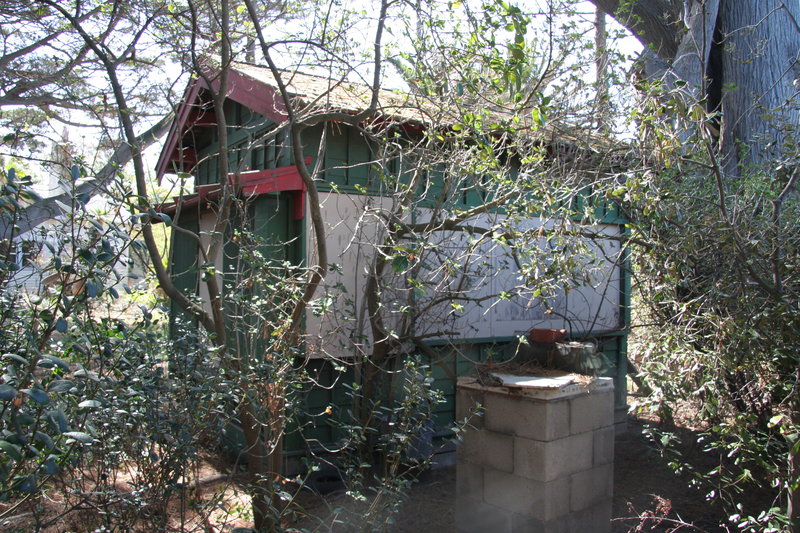
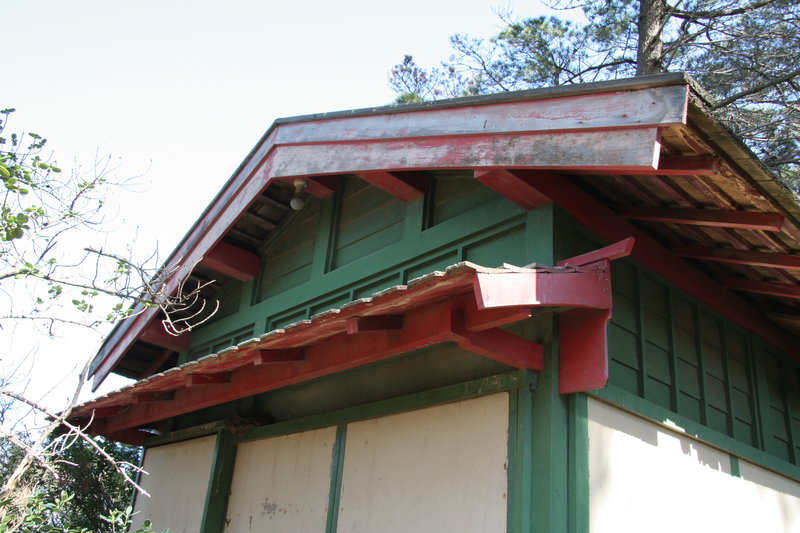
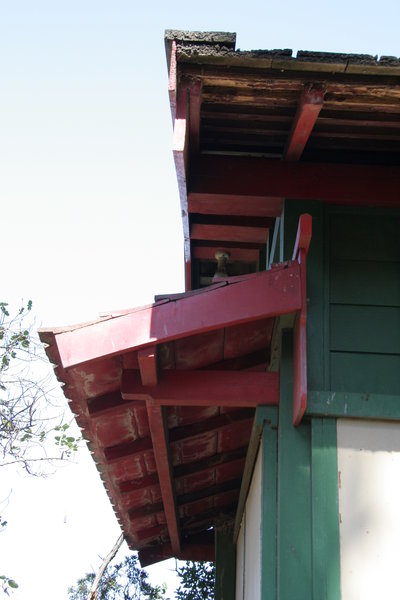
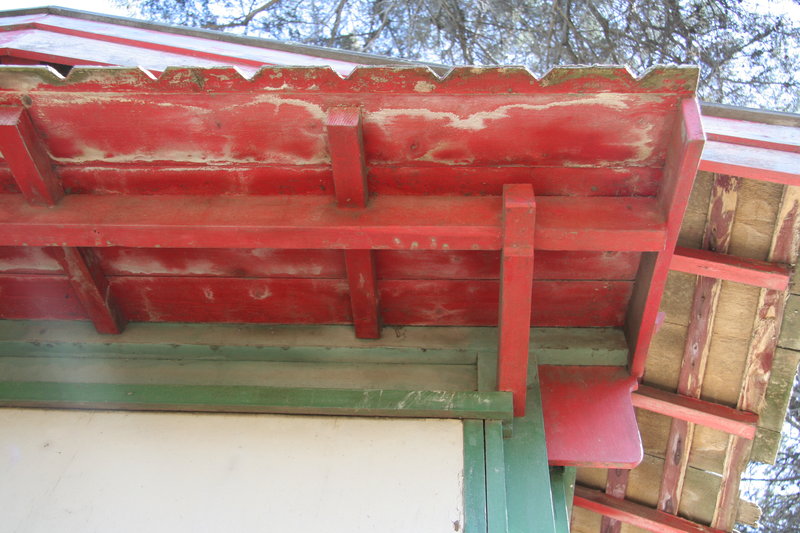
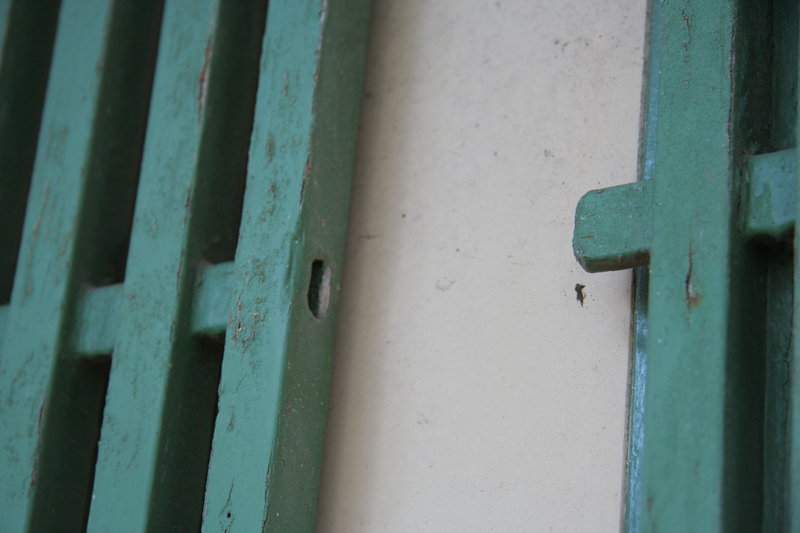
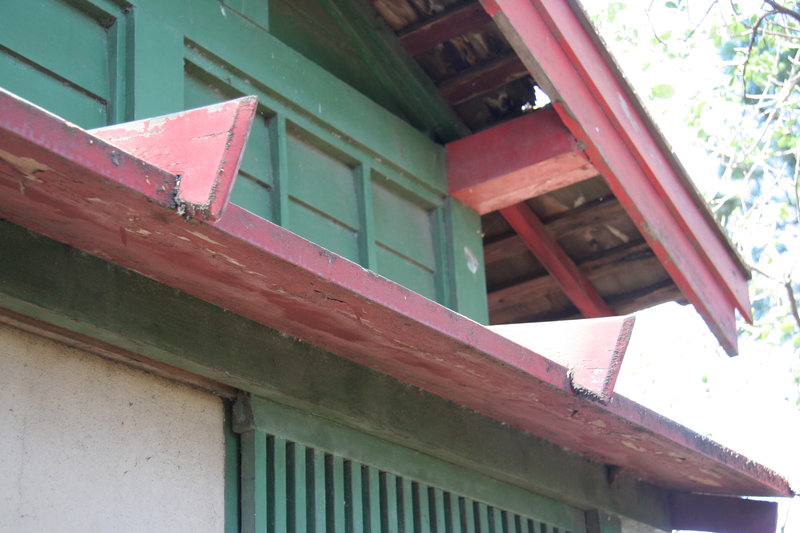
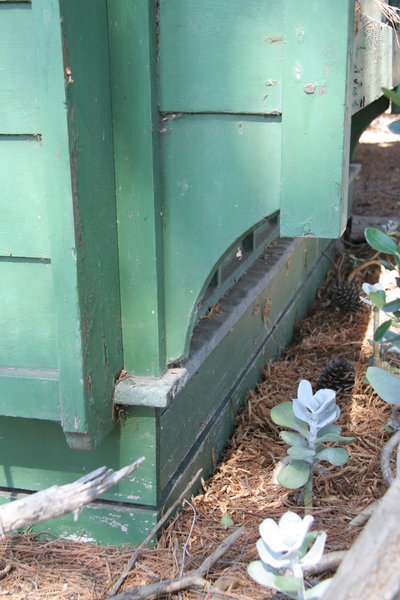
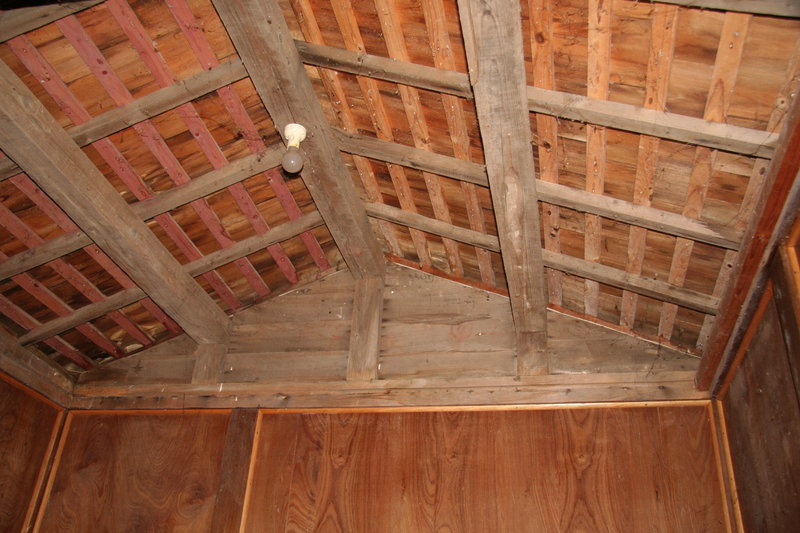
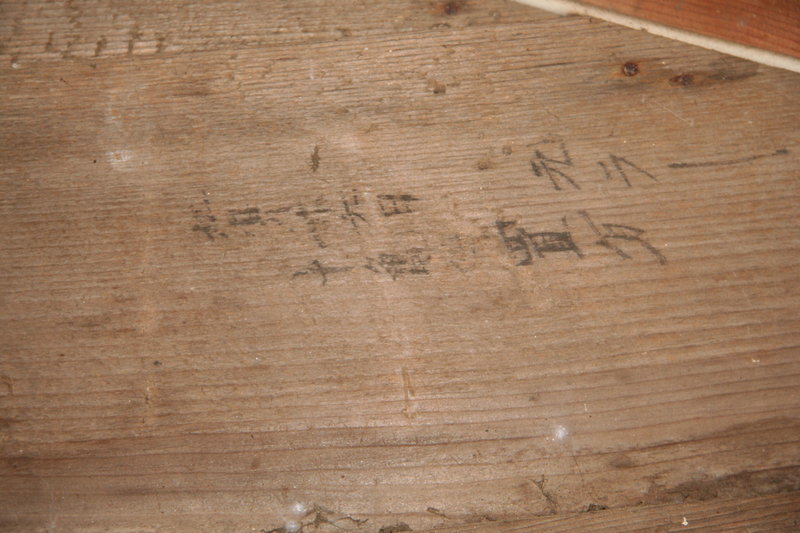
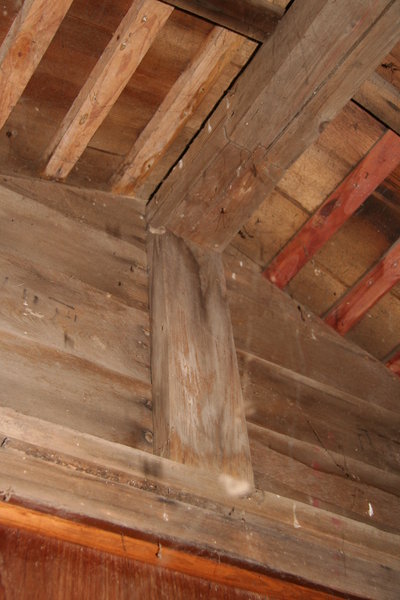
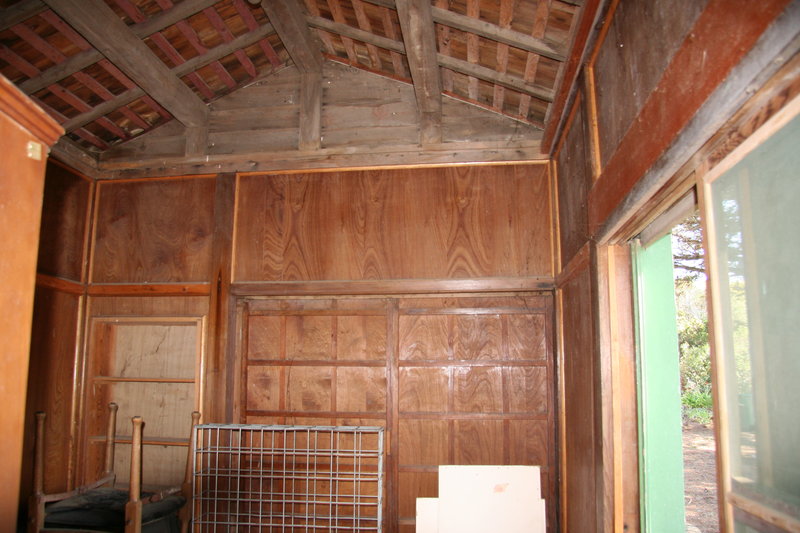
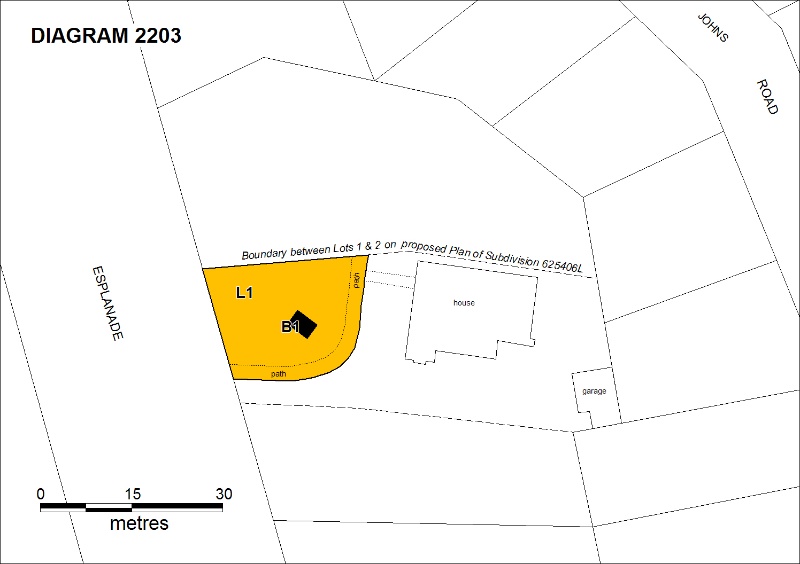
Statement of Significance
What is significant?
The Japanese 'Tea House' located at the property Marina, Mornington, is an example of a prefabricated vernacular building type commonly produced in Japan during the late nineteenth and early twentieth centuries. These simple structures were often used as additions to houses, or as a stand-alone retreat or study in gardens. As such, they do not conform to the genre of Japanese Tea House architecture, which applies to buildings specifically designed for practising the tea ceremony - a formal cultural ritual in Japan. The misnomer was probably attached since this particular structure was originally imported for use as an architectural folly within a private garden, reflecting the romanticised concept of Japanese culture in the West at the time.
The Japanese Tea House was acquired by Joseph Harris (1833 - 1925), a prominent nurseryman and public figure. Harris was a commissioner of the 1888 Melbourne Centennial International Exhibition, and while it has been suggested that the Tea House might have been part of the Japanese exhibit, no documentary evidence has been found to support this.
The Tea House was most likely to have been imported from Japan between 1876, when the Marina was originally constructed as a holiday residence for Harris and his family, and 1920, when descendents can recall that the Tea House existed on the property. The original house, Marina, was destroyed by fire in 1915 and an Arts and Crafts style house was built as a replacement in the same year.
The tea house was an architectural feature within the extensive garden that Harris had established on the property, reflecting the interest in Japanese culture in the West at the time, which was popularised by the introduction of Gilbert and Sullivan's opera The Mikado in 1885. In 1910 the Japanese Exhibition was held in London, influencing garden design in England. Such Japanese influences in Melbourne at the turn of the nineteenth century were further reflected in the installation of a 'Japanese garden' within the Treasury Gardens by William Guilfoyle in 1902.
The Tea House is a small gable-roofed structure typical of late-nineteenth century domestic Japanese construction. The walls are clad in horizontally lapped timber boards with vertical straps, and the roof is clad in timber shingles. Standardized features include sliding latticed window screens and shoji doors, and projecting bays supported on curved brackets. The projecting bays at the gable end of the structure feature their own timber-clad roof. Such Japanese timber buildings were typically unpainted, but the exterior of the Tea House had been painted at a later date.
Internally, the open plan of the structure generally conforms to a four-tatami modular dimension. The floor and walls are lined in unpainted timber, and the exposed roof structure consists of three main roof beams supported on struts, with rafters and battens above. There are traces of Japanese script written on the timber panels at one of the gable ends. While the words have not been fully translated, they appear to indicate a date and perhaps the positioning of the member. No other recognisable markings were found on the structure, but the remnant Japanese script was presumably associated with a system of labelling to facilitate the assembly of such prefabricated structures.
The original fabric of the Tea House is generally intact, although some typical Japanese finishes such as rice paper on the lattice screens and tatami mat flooring, which may have been part of the original structure, were likely to have been removed at some stage.
How is it significant?
The Japanese Tea House is of historical and architectural significance to the State of Victoria.
Why is it significant?
The Japanese Tea House is historically significant as a rare surviving example of a once common Japanese prefabricated building type, and the only known example in Victoria of this type of structure in a garden setting. While such buildings were once widely produced for the Japanese market, they were not so commonly exported overseas. The importation and unusual adaptation of this prefabricated structure for use as a garden Tea House reflected the popular interest in Japanese culture from the mid-nineteenth to early twentieth century. Sentiments towards Japanese culture changed in the years after the Second World War, consequently any substantial examples of nineteenth century Japanese cultural artefacts rarely remain in Australia.
The Japanese Tea House is architecturally significant as an example of typical nineteenth century Japanese domestic architecture. Though once common, these modest, prefabricated domestic structures are now rare in Japan, and it is remarkable that one such structure remains in Victoria within a unique context.
-
-
JAPANESE TEA HOUSE - Plaque Citation
A rare example of a prefabricated structure common in Japan during the late 19th and early 20th centuries, this was imported between 1876 and 1920. It reflects the popular interest in Japanese culture in Australia at the time.
JAPANESE TEA HOUSE - Permit Exemptions
General Exemptions:General exemptions apply to all places and objects included in the Victorian Heritage Register (VHR). General exemptions have been designed to allow everyday activities, maintenance and changes to your property, which don’t harm its cultural heritage significance, to proceed without the need to obtain approvals under the Heritage Act 2017.Places of worship: In some circumstances, you can alter a place of worship to accommodate religious practices without a permit, but you must notify the Executive Director of Heritage Victoria before you start the works or activities at least 20 business days before the works or activities are to commence.Subdivision/consolidation: Permit exemptions exist for some subdivisions and consolidations. If the subdivision or consolidation is in accordance with a planning permit granted under Part 4 of the Planning and Environment Act 1987 and the application for the planning permit was referred to the Executive Director of Heritage Victoria as a determining referral authority, a permit is not required.Specific exemptions may also apply to your registered place or object. If applicable, these are listed below. Specific exemptions are tailored to the conservation and management needs of an individual registered place or object and set out works and activities that are exempt from the requirements of a permit. Specific exemptions prevail if they conflict with general exemptions. Find out more about heritage permit exemptions here.Specific Exemptions:General Conditions: 1. All exempted alterations are to be planned and carried out in a manner which prevents damage to the fabric of the registered place or object. General Conditions: 2. Should it become apparent during further inspection or the carrying out of works that original or previously hidden or inaccessible details of the place or object are revealed which relate to the significance of the place or object, then the exemption covering such works shall cease and Heritage Victoria shall be notified as soon as possible. Note: All archaeological places have the potential to contain significant sub-surface artefacts and other remains. In most cases it will be necessary to obtain approval from the Executive Director, Heritage Victoria before the undertaking any works that have a significant sub-surface component. General Conditions: 3. If there is a conservation policy and plan endorsed by the Executive Director, all works shall be in accordance with it. Note: The existence of a Conservation Management Plan or a Heritage Action Plan endorsed by the Executive Director, Heritage Victoria provides guidance for the management of the heritage values associated with the site. It may not be necessary to obtain a heritage permit for certain works specified in the management plan. General Conditions: 4. Nothing in this determination prevents the Executive Director from amending or rescinding all or any of the permit exemptions. General Conditions: 5. Nothing in this determination exempts owners or their agents from the responsibility to seek relevant planning or building permits from the responsible authorities where applicable. Regular Maintenance : The following maintenance works are permit exempt under section 66 of the Heritage Act 1995: a) regular site maintenance provided the works do not involve the removal or destruction of any significant above-ground features or sub-surface archaeological artefacts or deposits; b) the maintenance of an item to retain its conditions or operation without the removal of or damage to the existing fabric or the introduction of new materials; c) cleaning including the removal of surface deposits, organic growths, or graffiti by the use of low pressure water and natural detergents and mild brushing and scrubbing. Note: Any new materials used for repair must not exacerbate the decay of existing fabric due to chemical incompatibility, obscure existing fabric or limit access to existing fabric for future maintenance. Repair must maximise protection and retention of fabric and include the conservation of existing details or elements.Minor Works: Note: Any Minor Works that in the opinion of the Executive Director will not adversely affect the heritage significance of the place may be exempt from the permit requirements of the Heritage Act. A person proposing to undertake minor works may submit a proposal to the Executive Director. If the Executive Director is satisfied that the proposed works will not adversely affect the heritage values of the site, the applicant may be exempted from the requirement to obtain a heritage permit. If an applicant is uncertain whether a heritage permit is required, it is recommended that the permits co-ordinator be contacted. Heritage Victoria must be consulted prior to any works to the interior of the tea house.
JAPANESE TEA HOUSE - Permit Exemption Policy
The purpose of the permit exemptions is to allow works that do not impact on the significance of the place to occur without the need for a heritage permit. Routine maintenance and repair works based on the replacement of like-with-like are permit exempt. In carrying out repair works, original fabric should be conserved and retained as much as possible asit demonstrates unique Japanese materials and craftsmanship.
It would be desirable to maintain the physical relationship between the Tea House and the main house Marina. While the Tea House has been relocated around the property in the past, future relocations of the Tea Housecan be considered butwill require a heritage permit.
-
-
-
-
-
JAPANESE TEA HOUSE
 Victorian Heritage Register H2203
Victorian Heritage Register H2203 -
Marina, Japanese Tea House & Garden
 National Trust H2203
National Trust H2203
-
'Boonderoo', House and Outbuildings
 Greater Bendigo City
Greater Bendigo City -
'Riverslea' house
 Greater Bendigo City
Greater Bendigo City -
1 Adam Street
 Yarra City
Yarra City
-
-






